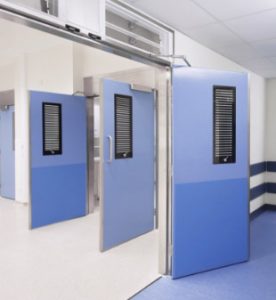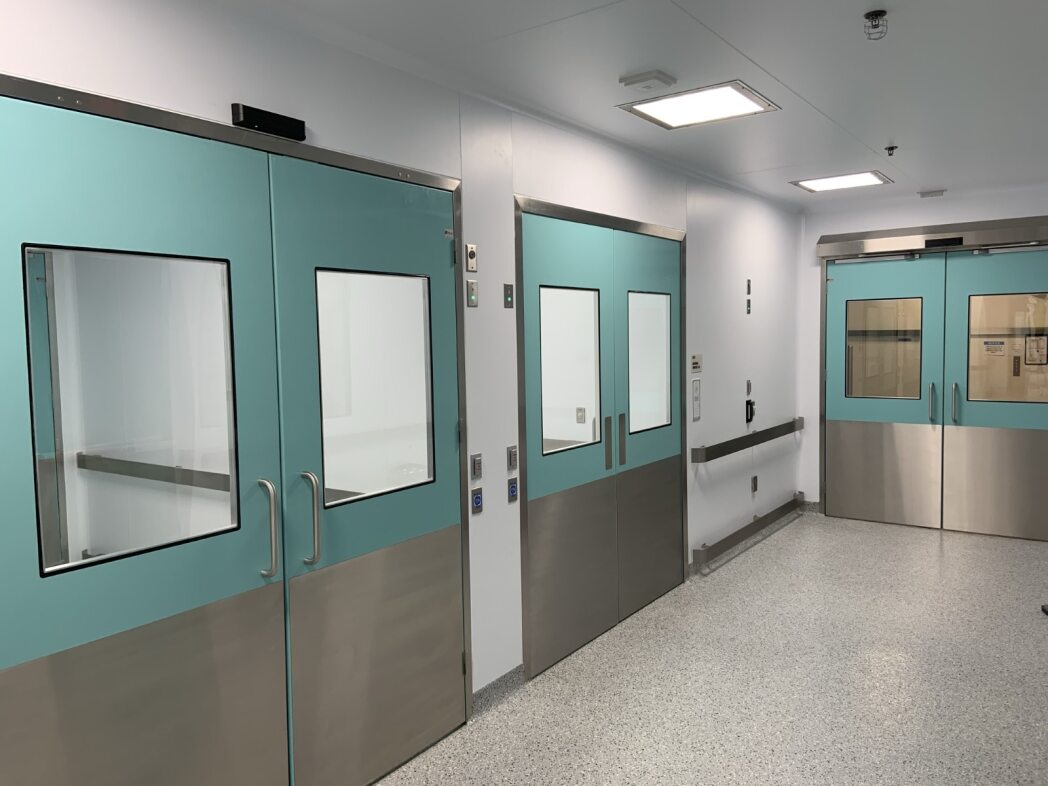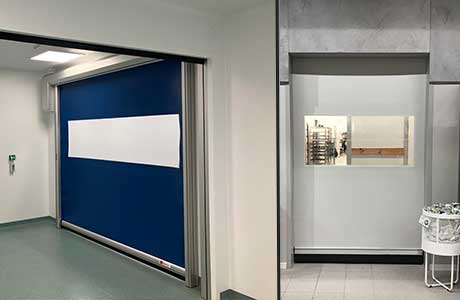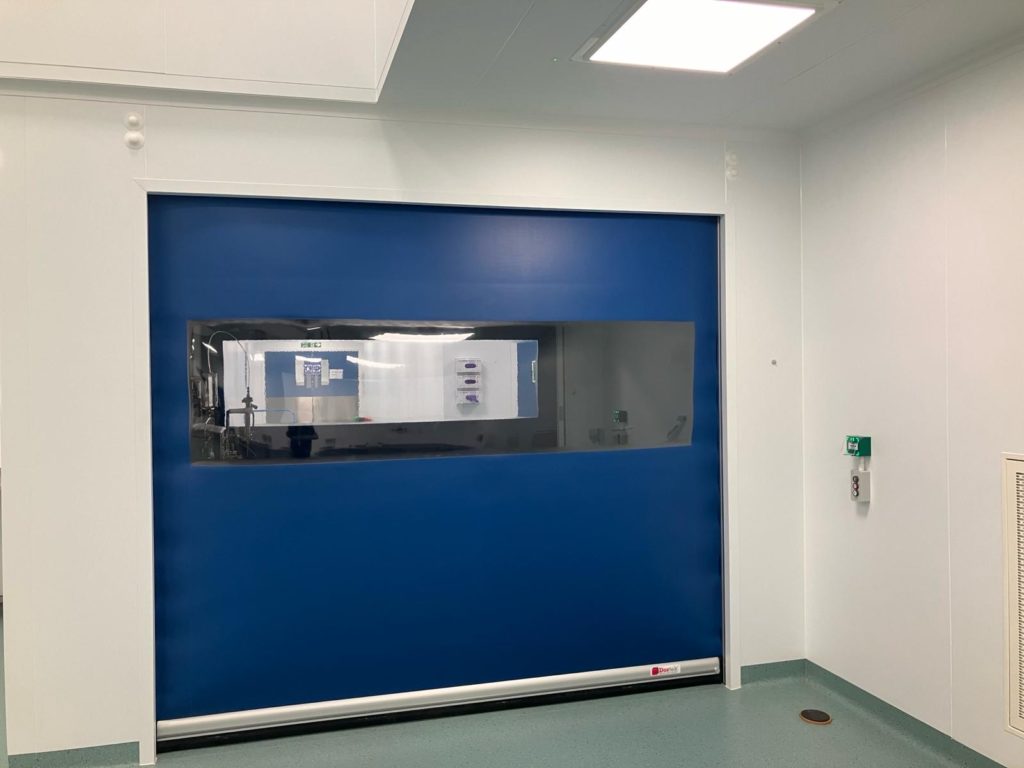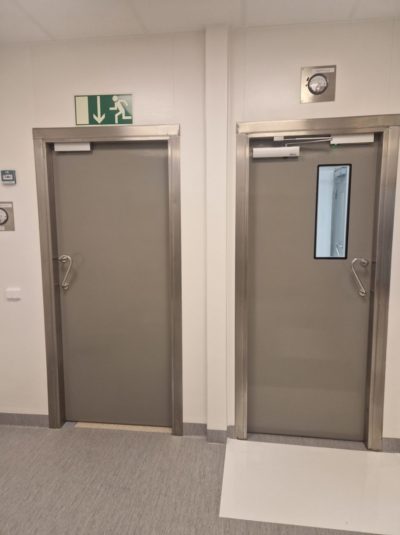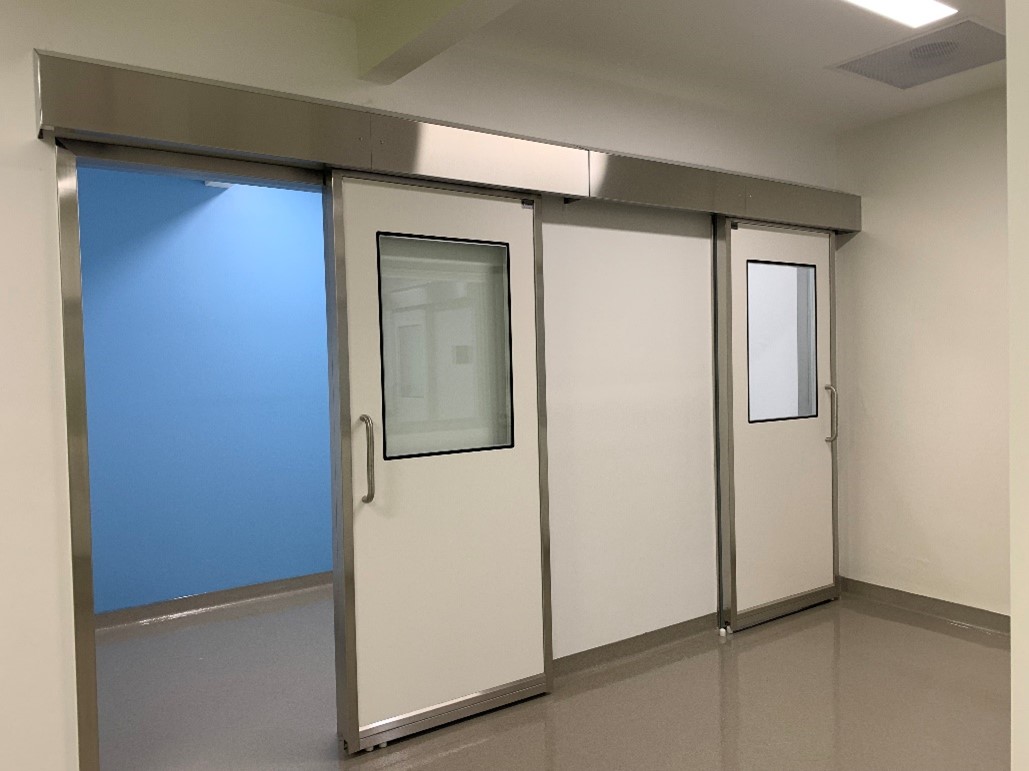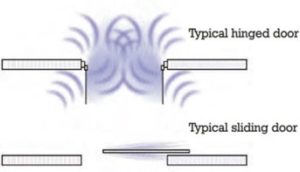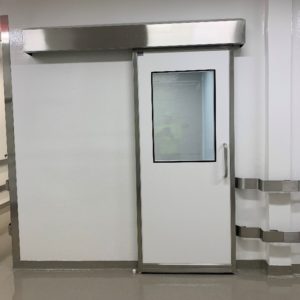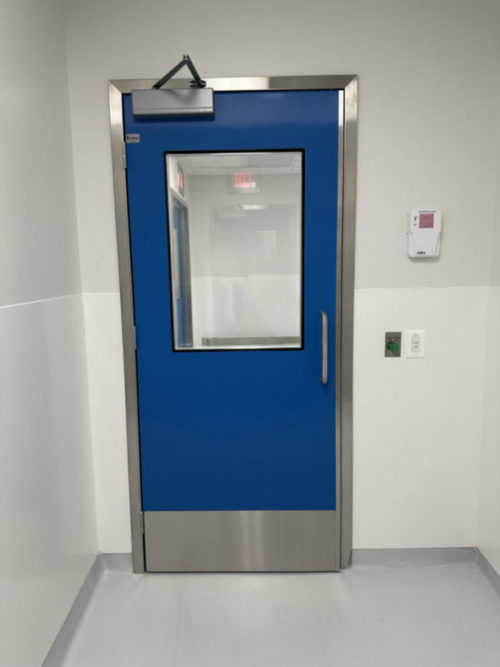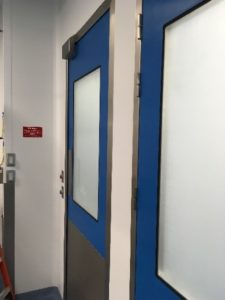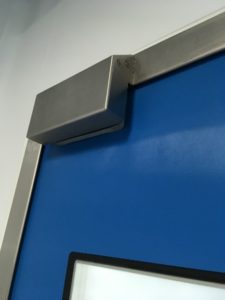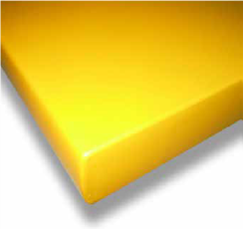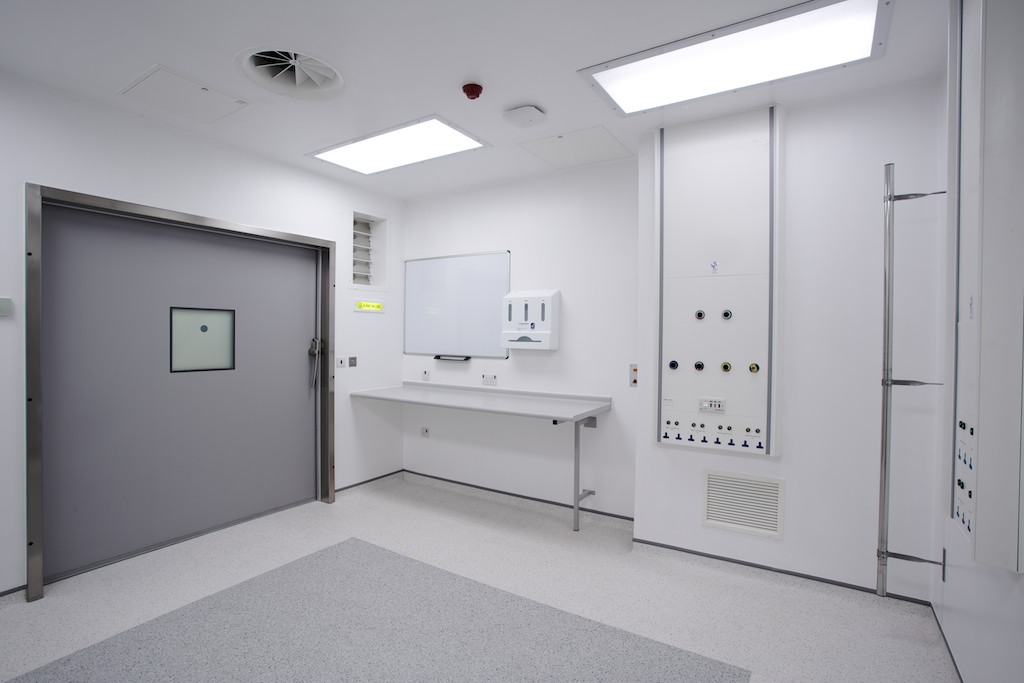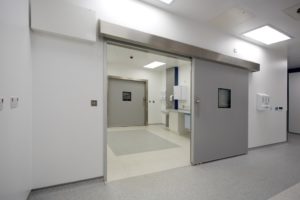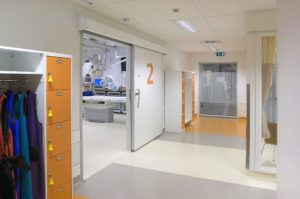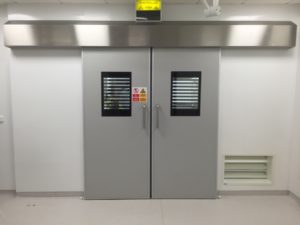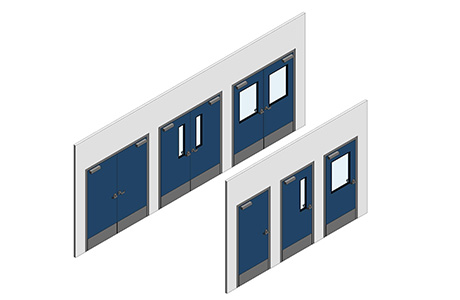Abstract
Cleanrooms require doors that can maintain a sterile environment, resist corrosion, and withstand frequent cleaning with harsh chemicals. This blog compares the performance of molded Fiber-Reinforced Polymer (FRP) doors with powder-coated steel doors in cleanroom applications, highlighting the advantages of molded FRP doors.
Introduction
Cleanrooms are controlled environments used in manufacturing, scientific research, and medical facilities where pollutants like dust, airborne microbes, and aerosol particles are limited. Doors in these environments must meet stringent standards for cleanliness, durability, and resistance to corrosion.
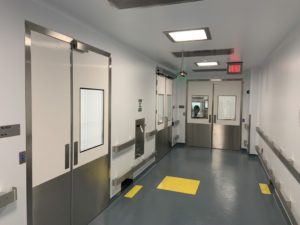
Advantages of Molded FRP Doors
Durability and Strength
Molded FRP doors are known for their exceptional strength and rigidity due to the uniform distribution of fibers achieved during the molding process. This results in a door that can withstand heavy use and accidental impacts without compromising its integrity.
Chemical and Impact Resistance
The seamless construction of molded FRP doors provides superior chemical resistance, making them ideal for environments with exposure to corrosive substances. They also offer better impact resistance compared to doors with seams or joints, which can be vulnerable to damage.
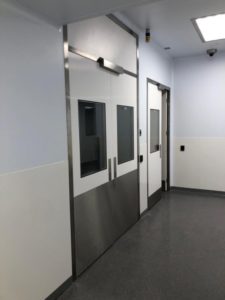
Long-Term Performance
Molded FRP doors are designed for longevity, requiring minimal maintenance over their lifespan. They do not rot, rust, swell, warp, or corrode, ensuring that they remain functional and aesthetically pleasing for years.
Hygiene and Cleanliness
The non-porous surface of molded FRP doors makes them easy to clean and disinfect, a critical feature for cleanroom applications. They can withstand the toughest cleaning regimes, including vaporized hydrogen peroxide (VHP) and chlorine releasing agents.
Disadvantages of Powder Coated Steel Doors
Corrosion and Maintenance
While powder-coated steel doors can resist common alcohol-based cleaners, they may degrade over time when exposed to harsher chemicals used in cleanrooms. This can lead to increased maintenance and potential replacement costs.
Weight and Installation
The weight of steel doors can pose challenges during installation, requiring special equipment and care to handle and position correctly. This can increase the complexity and cost of installation.
Aesthetic Limitations
Powder-coated steel doors may not offer the same level of customization and aesthetic options as molded FRP doors, which can be finished with various colors and textures.
Conclusion
Molded FRP doors outperform powder-coated steel doors in cleanroom applications due to their superior durability, chemical and impact resistance, long-term performance, and ease of maintenance. Their ability to maintain hygiene and cleanliness makes them the preferred choice for facilities aiming to adhere to strict cleanroom standards.

